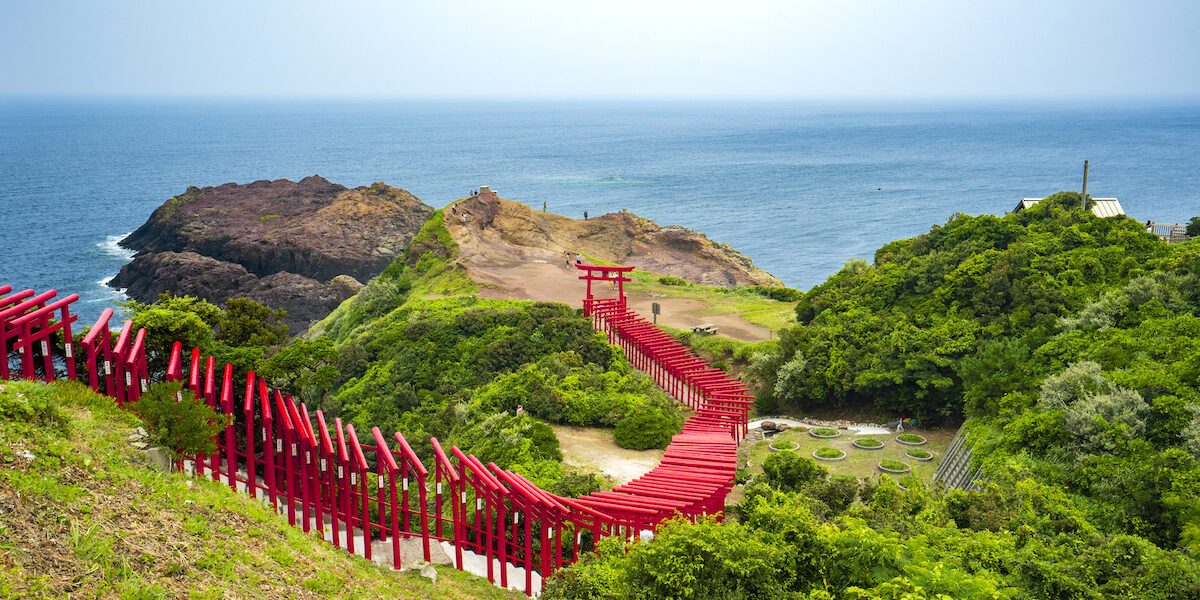The Japanese government, with little fanfare from its side, recently reopened the doors to tourism without the onerous restrictions we mentioned in our introduction last issue. Perhaps they simply wanted as little attention as possible drawn to the decision domestically. It’s still a controversial topic. Many want to revive inbound tourism and return to, or exceed, pre-pandemic norms, at least insofar as general business is concerned. Others are reluctant or nervous–the parting message in this issue discusses the context of that further.
Let’s concentrate not on the controversies or debates but the fact: tourism in Japan is back. We know that millions of people around the world are excited about this. Millions? Yes, prior to the pandemic, millions of visitors came to Japan on a monthly basis. According to numbers from the Japan National Tourism Organization (JNTO), those numbers peaked at just under three million in July of 2019. The total number of visits from overseas residents that year was a whopping 31.8 million people. That’s some serious fuel for the economy, and also important to Japan’s projection of soft power. It’s a country that likes to be liked for cultural and political reasons as well.
In the early months of the pandemic, it was like walls bigger than Himeji Castle’s (Japan’s largest) had come down around the borders. Only a few thousand came through customs monthly, and most of those had some kind of special permission; they weren’t tourists but people with diplomatic ties, business exigencies, etc. Tourism was dead and would remain dead for some time. For the rest of 2020 and in most of 2021, the numbers fluctuated up and down in the tens of thousands monthly, but again, these weren’t tourists. They had some kind of authorized visa status or reason to come.
We’ve already written about how crushing this drop in numbers has been for businesses related to tourism, food and beverage, and associated advertising (the very three industries in which Sake Today operates, alas, which is why your subscriptions have been so important to us–thank you!). Long-term, how do businesses survive the loss of 30+ million people? How does that not affect the rest of the economy? How can a country pivot its economy away from that dependency? Ultimately, the government decided it couldn’t or didn’t want to attempt it, even if there wasn’t a clear mandate from citizens to open the castle gates.
This year, the numbers have been creeping up. After a slow winter, they surged above 100,000 in April and that did include many tourists among its numbers. It rose above 200,000 this past September, the month with the most recently reported numbers. It will be very interesting to see the numbers going forward now that the castle gates are essentially wide open. There’s a widespread, pent-up desire to visit. People need their Japan fix! We see it on social media, we hear it from people we encounter–especially people who have deferred their big bucket-list visit for too long–and we read about it, notably in articles detailing Japan’s tourism industry.
Last year, we spoke with many businesses, from travel agencies to producers, that were preparing for this return. To cite one example, behind our metaphorical castle walls, a number of sake brewery tour operations have been set up. This was an area where Japan had seriously lagged other countries with alcohol production legacies. Many other breweries were preparing foreign-language material or support staff to accommodate more visitors from overseas. Promotion of services like special themed lodgings, tastings and immersive ‘experiences’, and hands-on agricultural activities are revving back up. Want to go to sake school? There’s that, too, and we report on it in this issue.
If you’re reading this from overseas, now is about as good a time as any to visit Japan. If you’ve been holding back, hold back no more. Businesses could really benefit from seeing you, and your soul could benefit from seeing destinations off Japan’s beaten track. If you need ideas, we’d like to offer this reminder that we run travel features in every issue, and often highlight places to eat and drink. Load up on some back issues from our website and, if you don’t already, please subscribe. As stated earlier in this introduction, that really helped up through the pandemic and will continue to support us in our mission of presenting the best of sake, dining, and travel in Japan.






